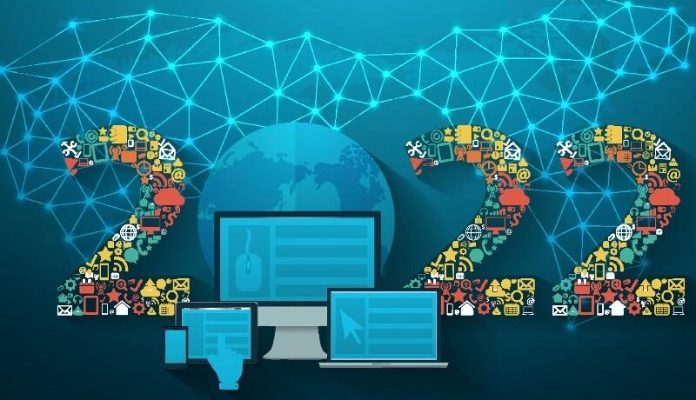Since the beginning of 2022, several trends have emerged as newsworthy front-runners. CTO Wayne Yan and architect Saša Slankamenac at South African specialised software development firm Dariel, take a closer look at Web3, passwordless authentication, artificial intelligence and machine learning as three trends likely to make the biggest impact in the coming months.
Starting with the most sensational – Web3
Some may be disappointed to discover that Web3 is not going to yield any practical results over the next six months. Furthermore, under its broader, hyped definition, it resembles platform-centralised internet Web2.0 of Facebook, Google and Amazon notoriety mainly due to consolidation in the cryptocurrency field by exchanges dominated by Binance, Coinbase, MetaMask, and OpenSea.
RELATED: 2022 threat predictions: Machine “unlearning” on the rise
Conceptually Web3 remains interesting in the sense of being decentralised. However, it is five years away from practical results. While initial investment and proof of concept research dust settles, an approach for the qui bono problem is not clear. This is something all decentralisation initiatives face – namely the value needs to be to individual nodes of the network, rather than to a concentration of a small number of entities; the latter being the established model for investors.
Moving next to plain ol’ security – passwordless authentication.
Security – the neglected middle child stuck between its more seductive siblings hacking and crypto. Most won’t get too excited with steady improvements to security. Nonetheless, consistent to form, security steadily continues making progress with initiatives such as multi-factor authentication (MFA).
Is passwordless authentication MFA? No. MFA uses more than one authentication factor to verify a user’s identity. MFA systems may use fingerprint scanning as a primary authentication factor and one-time pin message-sending as secondary. The use of two terms interchangeably has come about because many MFA login systems started using passwordless as their secondary authentication factor. Widespread passwordless adoption could become a ubiquitous industry standard and further impact web and mobile applications outside of Microsoft’s enterprise ecosystem, as user expectations are normalised with this round of adoption.
Lastly, artificial intelligence and machine learning
It has been five years since OpenAI announced its natural language neural network model, Generative Pre-trained Transformer in February 2018, when the world was a different place. Since then, the world and AI/ML have been through a couple of radical cycles of change. While most of us were distracted by big world events over this period, and most advances in the field of Artificial General Intelligence (AGI) remained in the domain of research – AI/ML began delivering on its promise with practical applications in the market.
AI/ML is close to a point at which technology is commoditised, simplified, or abstracted and finds itself in the hands of the man in the street. Within five short years, it has gone from initial investment proof of concept research to demonstrating practical, for-profit services and, what we are observing in the industry now is the ability for AI/ML to automate new kinds of customer interactions as services. This will give a competitive advantage to market players able to capitalise on subscription-based offers.
The Biggest Pain Point
As always, the biggest and most pressing operational pressure for large organisations remains maintaining a balance between running and upgrading in-place systems while managing projects to introduce new ones. A point complicated further with a high-demand job market and exacerbated by accelerating specialist fragmentation in the labour pool. This pain point in emerging markets is especially pronounced as the attraction of both foreign currency as well as permanent residency are huge.
Specialists in different spheres are required to collaborate with more techniques and approaches for a broader set of technologies in order to keep up with increasing complexity of the modern technology stack. To illustrate, “full stack development” up until recently implied a single role responsible for the delivery of a fully functional software system, its deployment and ongoing maintenance.
This designation no longer covers software delivery that additionally includes cloud, infrastructure as code, security, data engineering, data science and the governance and compliance it entails as even more new sub-disciplines continue to emerge. Technical expertise required to hone skills like this is coming from an increasingly shrinking pool of resources pressured by demand from overseas markets facing similar circumstances and looking abroad with offers of work visas and payments in dollars, pounds and euros.
Organisations can address this with operational tactics to close hiring gaps over the next six months but would need to form strategic, longer-term programmes over the same period to be able to retain qualified personnel in a market which aggressively draws talent with interesting variety of problems in creative environments.































